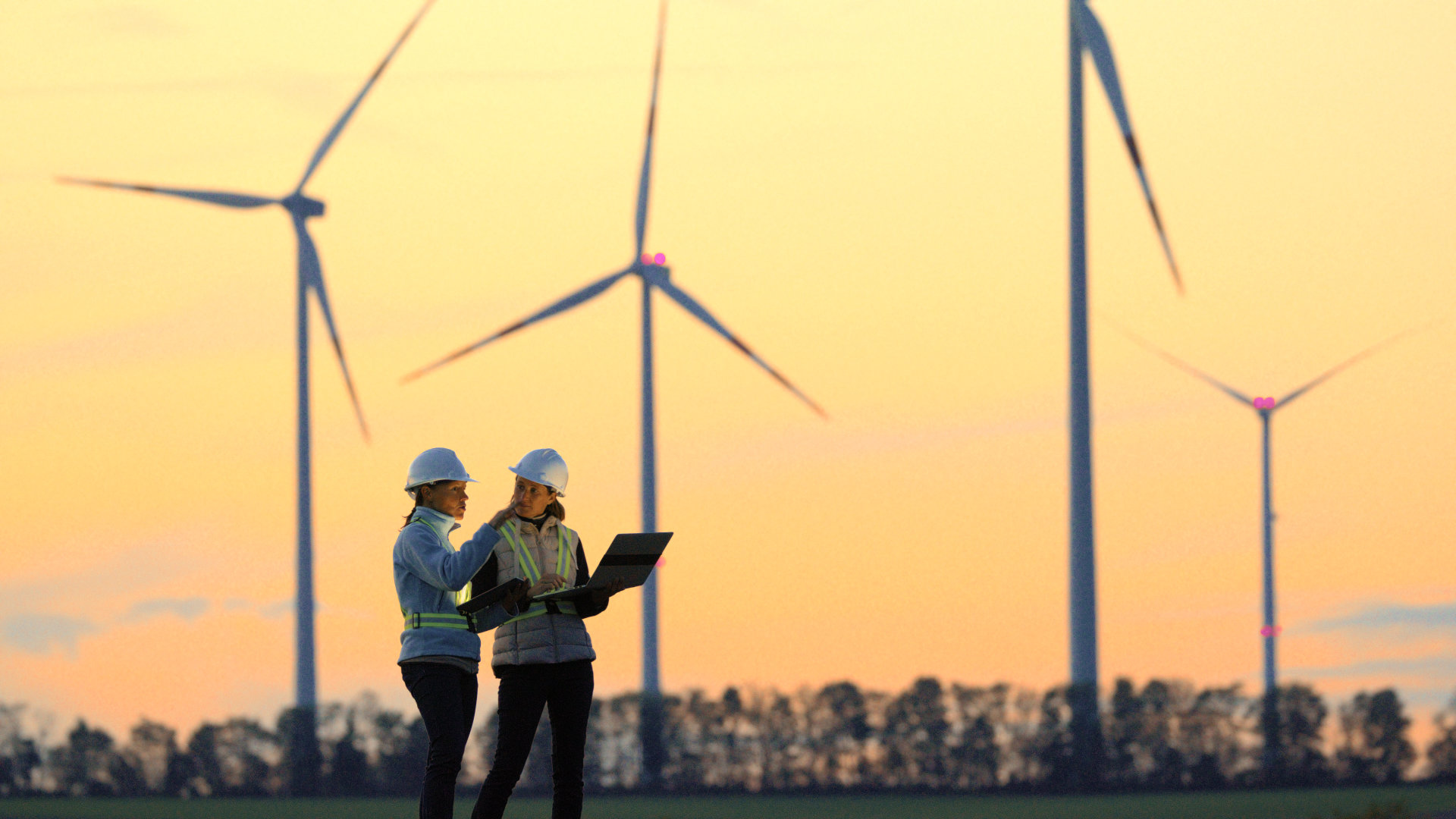
Hydrogen Economy
The chemical industry, Finland’s largest producer and consumer of hydrogen, plays a significant role in building the hydrogen economy.
Hydrogen has been an everyday part of the chemical industry for a long time. The chemical industry is Finland’s largest hydrogen producer and user: it produces 90% of the hydrogen used in Finland and consumes 80% of it. Converting hydrogen production to low-emission processes is a central measure in the chemical industry’s “Nature-Positive Climate Neutral Roadmap.” In practice, this transition requires major investments just to make the current production of about 120,000 tons of hydrogen per year climate-friendly.
Beyond this transition, hydrogen enables growth prospects for the chemical industry based on synthetic raw materials. Carbon capture and utilization (CCU) based raw materials represent one promising pillar for supporting bio and recycled material solutions. Additionally, expanding domestic hydrogen production could enable clean ammonia production in Finland to replace imported ammonia. New raw material solutions are critical to the industry’s move toward climate neutrality. The chemical industry’s material solutions also enable clean downstream products and create multiple emission reductions across other industries.
The Hydrogen Cluster, a coalition of companies in the hydrogen economy, has also published a hydrogen economy strategy outlining a path to accelerate the hydrogen economy in Finland. According to the strategy, the hydrogen economy could create up to 240,000 jobs in Finland and add €69 billion in value. The strategy also outlines billion-euro growth prospects and employment impacts for the chemical industry.
Transitioning to Climate Neutrality Requires Action
For the chemical industry’s transition and the growth of the hydrogen economy to succeed, it’s essential to support the operating conditions of companies. The hydrogen economy and other carbon-neutral industrial solutions require significant electricity consumption. Reducing electricity taxes for the industry and continuing emissions trading compensation for electricity costs in energy-intensive sectors are key prerequisites. It is also essential to ensure that Finland’s knowledge and innovation environment, as well as the regulatory and governance systems, develop to remain competitive. Growing the hydrogen economy also requires efficient permitting, securing funding, shared commitment, and cross-sector collaboration.

